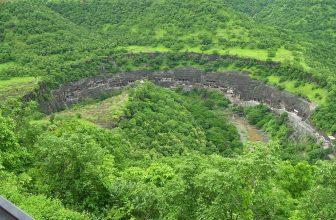Taj Mahal: A Majestic Wonder of Architecture, Conservation, and Sustainability
Introduction:
The Taj Mahal, situated in Agra, India, is an architectural marvel that encompasses fascinating facts, remarkable construction, meticulous preservation, and sustainable elements. This article explores the historical significance of the Taj Mahal, its construction process, the ongoing efforts to protect it, and its sustainable attributes, including its construction timeline, workforce, symmetrical design, and captivating color transformation.
01. Historical Significance and Cultural Marvel:
The Taj Mahal stands as a testament to love, craftsmanship, and India’s rich heritage:
- Commemoration of Love: Built by Emperor Shah Jahan in the 17th century, the Taj Mahal is a mausoleum dedicated to his beloved wife, Mumtaz Mahal. It symbolizes their eternal love and remains an enduring symbol of romance.

02. Construction Process: A Monumental Undertaking:
- Construction Timeline: The construction of the Taj Mahal commenced in 1632 and was completed around 1653. This awe-inspiring monument was created over a period of approximately 22 years, showcasing the dedication and skill of the artisans and craftsmen involved.
- Workforce and Artistry: It is estimated that around 20,000 skilled workers, including architects, stone carvers, masons, and craftsmen, contributed to the construction of the Taj Mahal. Their expertise and meticulous craftsmanship transformed Shah Jahan’s vision into a breathtaking reality.

03. Symmetry and Architectural Grandeur:
- Symmetrical Design: The Taj Mahal exhibits impeccable symmetry in its layout and architecture. The central white marble mausoleum, flanked by four minarets, creates a perfect balance, harmonizing with the surrounding gardens and reflecting pools.
- Captivating Color Transformation: The Taj Mahal’s marble facade undergoes a stunning color transformation throughout the day. From soft hues at sunrise and sunset, to radiant white during daylight, the monument’s appearance changes, evoking awe and enchantment.
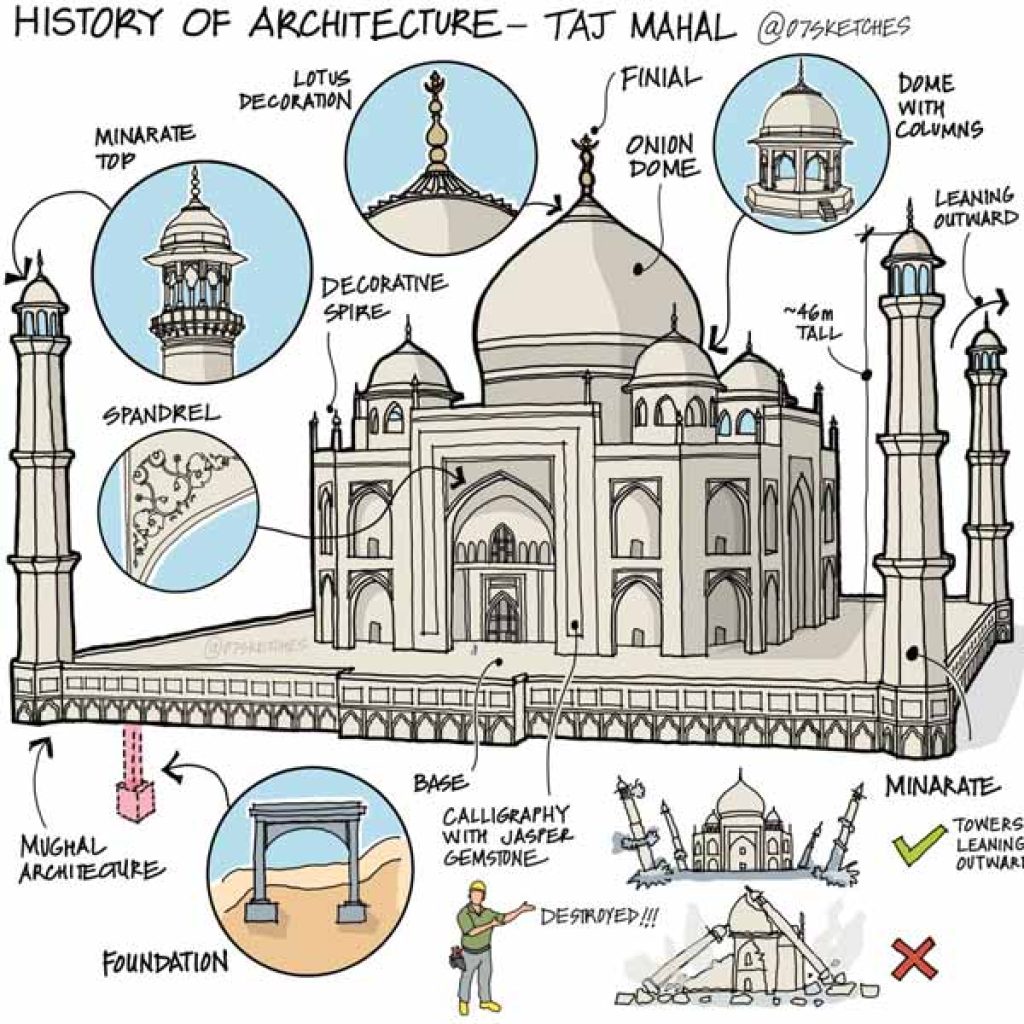
04. Preservation and Conservation Efforts:
- Ongoing Maintenance: The Taj Mahal is meticulously maintained to preserve its structural integrity and historical significance. Regular cleaning, repair of marble inlays, and restoration of decorative elements are undertaken by skilled conservators.
- Environmental Protection: Measures are implemented to protect the Taj Mahal from pollution and environmental damage. Restrictions on nearby industries, eco-friendly transportation, and awareness campaigns contribute to safeguarding this architectural gem.

05. Sustainable Practices and Cultural Legacy:
- Local Materials and Craftsmanship: The Taj Mahal’s construction utilized locally sourced materials, including white marble from the region, reducing environmental impact and supporting the local economy. Skilled artisans employed traditional techniques, ensuring the preservation of cultural heritage.
- Sustainable Tourism: The management of visitor numbers and eco-friendly practices within the Taj Mahal complex promote sustainable tourism. This includes waste management systems, water conservation measures, and the use of eco-friendly materials for infrastructure development.
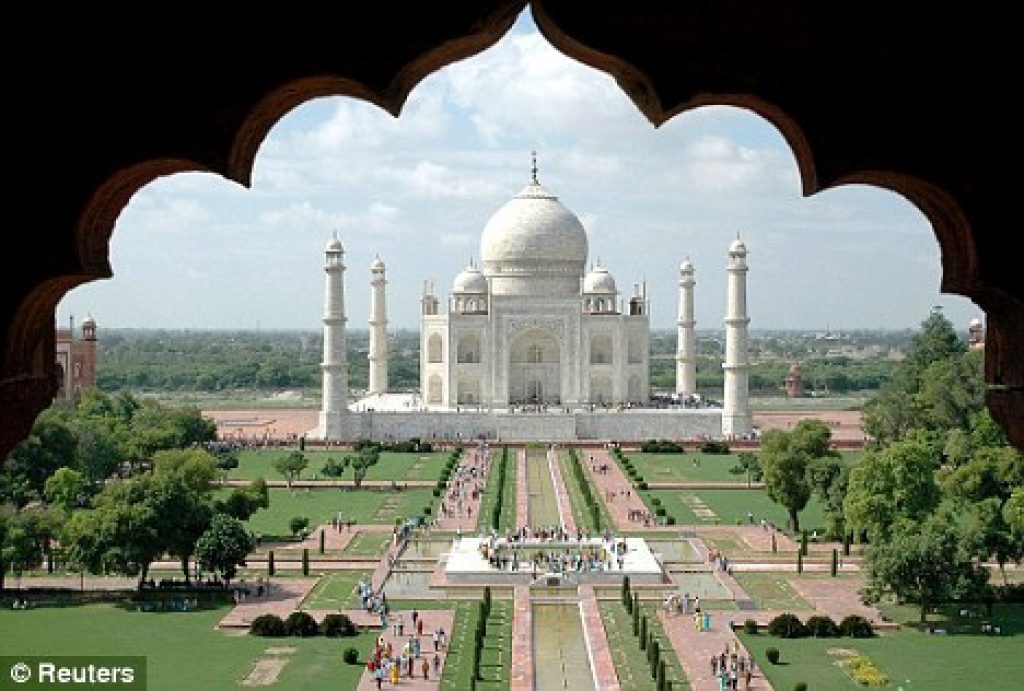
06. Sustainable Tourism and Visitor Management:
- Visitor Capacity Management: To preserve the Taj Mahal’s fragile environment and minimize human impact, visitor numbers are controlled through timed entry tickets and strict regulations. This ensures a sustainable balance between tourism and conservation.
- Eco-friendly Initiatives: Efforts have been made to promote sustainable practices within the Taj Mahal complex. These include waste management systems, water conservation measures, and the use of eco-friendly materials for infrastructure development.
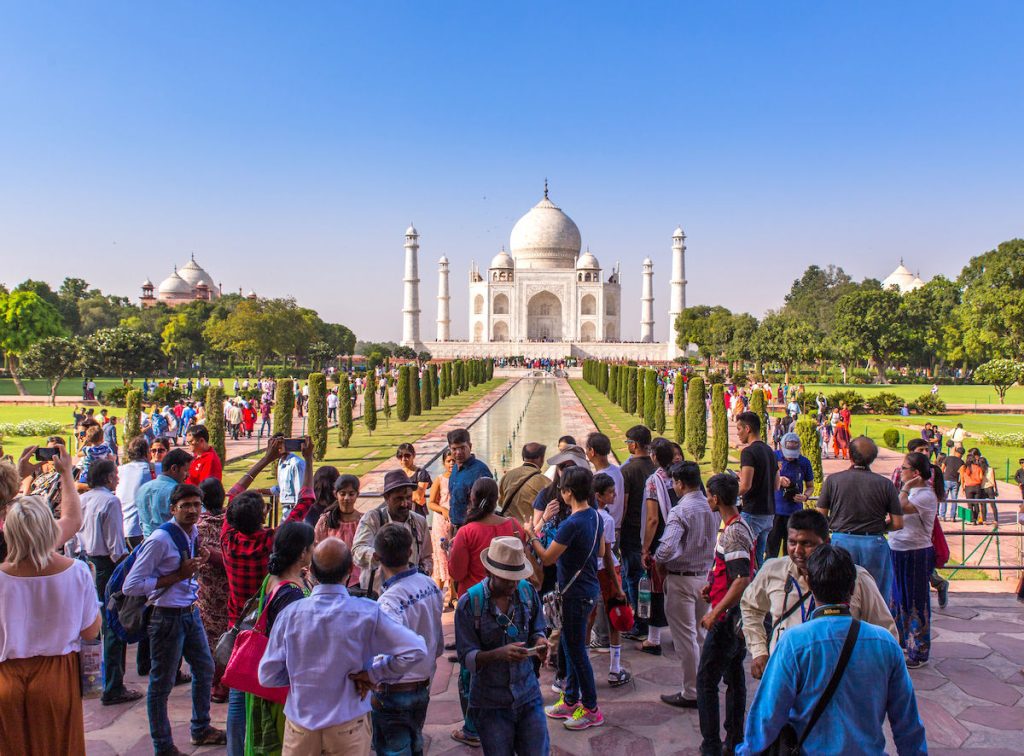
07. Socio-economic Impact and Community Involvement:
The Taj Mahal plays a significant role in the socio-economic development of the local community. The monument attracts tourists from around the world, providing employment opportunities for local residents, artisans, and tour guides. This fosters a sense of ownership and responsibility among the community to protect and preserve the monument.
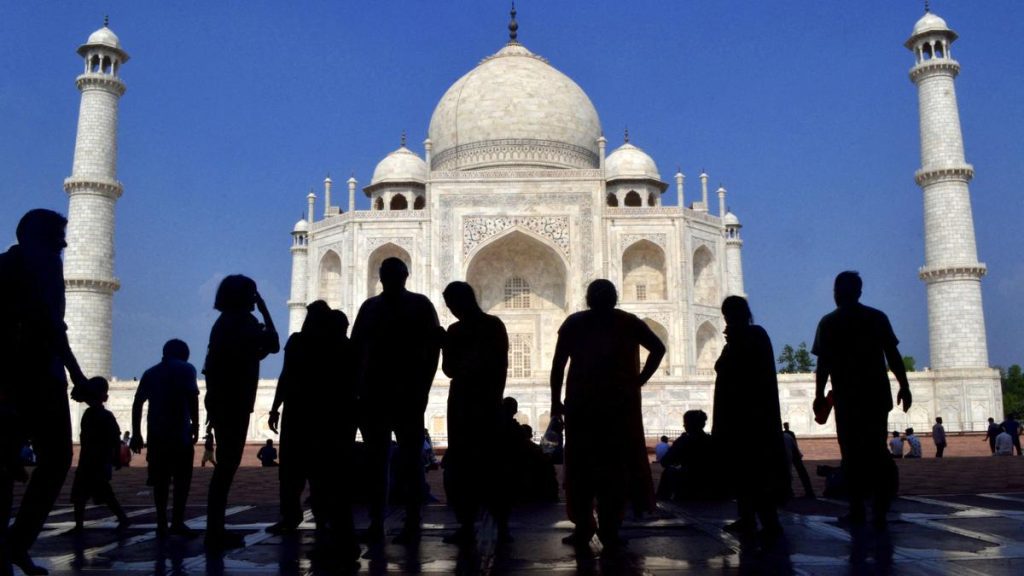
Conclusion:
The Taj Mahal stands as an epitome of architectural excellence, a testament to eternal love, and a symbol of sustainable heritage. From its construction process utilizing local materials and sustainable design principles to its ongoing preservation efforts and responsible tourism practices, the Taj Mahal showcases the importance of conserving cultural landmarks in a sustainable manner. As a global icon, the Taj Mahal inspires us to embrace sustainable practices, protect our cultural heritage, and ensure the preservation of these magnificent treasures for future generations.
Tags: Taj Mahal architecture





